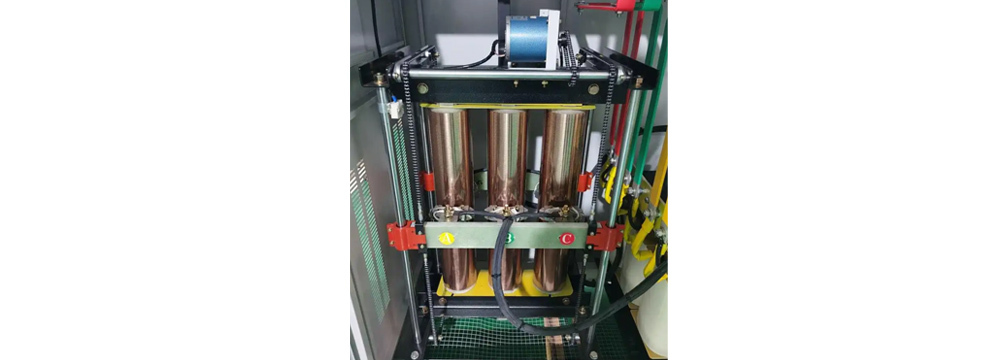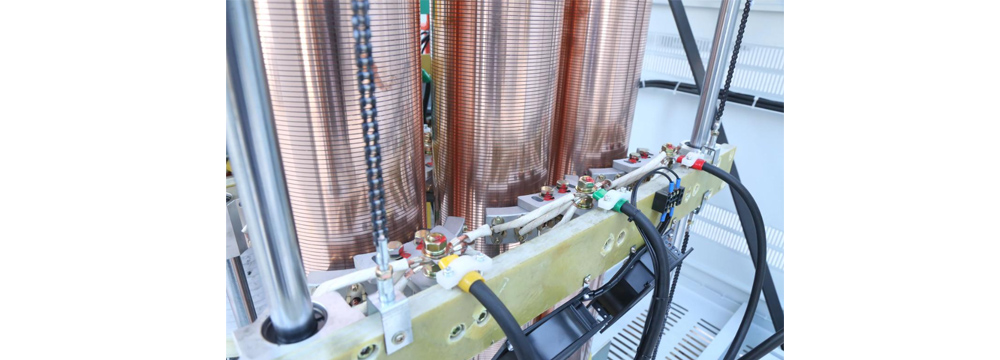Introduction: In modern society, power equipment is increasingly used, and as an important protection measure for power equipment, the performance of voltage stabilizers has also attracted more and more attention. So, is the higher the power of a voltage stabilizer, the better and more stable it is? This article will answer this question for you from multiple angles.
1. Definition and function of voltage stabilizer
A voltage stabilizer is an electronic device used to adjust the input voltage. Its main function is to convert unstable input voltage into a stable output voltage to ensure the normal operation of electrical equipment and household appliances connected to it. Voltage stabilizers are widely used in industrial production, household appliances, medical equipment and other fields.
A voltage stabilizer is a device that stabilizes the output voltage. A voltage stabilizer consists of a voltage regulating circuit, a control circuit, and a servo motor. When the input voltage or load changes, the control circuit samples, compares, and amplifies, and then drives the servo motor to rotate, so that the position of the voltage regulator carbon brush changes, and the output voltage is kept stable by automatically adjusting the coil turns ratio.

2. The role of the voltage stabilizer
With the rapid advancement of society, electrical equipment is increasing day by day. However, the aging and lagging development of power transmission and distribution facilities, as well as poor design and insufficient power supply, have caused the voltage of end users to be too low, while the voltage of line users is often high, which is like a time bomb for electrical equipment, especially high-tech and precision equipment with strict voltage requirements. As a public power grid, the mains system is connected to thousands of various loads. Some of the larger inductive, capacitive, switching power supply and other loads not only obtain electrical energy from the power grid, but also affect the power grid itself in turn, deteriorating the power supply quality of the power grid or local power grid, causing the mains voltage waveform distortion or frequency drift. In addition, unexpected natural and man-made accidents, such as excessive load voltage, earthquakes, lightning strikes, and disconnection or short circuits in the transmission and transformation system, will endanger the normal supply of electricity, thereby affecting the normal operation of the load.
Unstable voltage can cause fatal damage or malfunction of equipment, affect production, and cause delays in delivery, unstable quality and other losses. At the same time, it accelerates the aging of equipment, affects the service life and even burns accessories, so that owners face the trouble of needing maintenance or updating equipment in a short period of time, wasting resources; in serious cases, even safety accidents may occur, causing immeasurable losses.
Therefore, the use of voltage stabilizers is essential for electrical equipment, especially high-tech and precision equipment with strict voltage requirements.
3. The relationship between voltage stabilizer power and stability
3.1. Theoretically, the greater the power of the voltage stabilizer, the stronger its load capacity. For some high-power electrical equipment, the use of high-power voltage stabilizers can better protect electrical equipment and avoid damage caused by voltage fluctuations. However, this does not mean that the greater the power of the voltage stabilizer, the more stable it is.
3.2. The stability of the voltage stabilizer is mainly guaranteed by its internal components and control system. An excellent voltage stabilizer should have the characteristics of high precision, high efficiency, and high reliability. These characteristics are not directly related to the power of the voltage stabilizer. On the contrary, excessive power may cause the internal components of the voltage stabilizer to overheat, thus affecting its stability.

4. Principles of voltage stabilizer selection
4.1. Choose the appropriate power according to actual needs. Electrical equipment in different scenarios has different voltage requirements, so when choosing a voltage stabilizer, you should choose the appropriate power according to actual needs. A voltage stabilizer that is too large or too small cannot meet actual needs and may even cause equipment damage.
4.2. Pay attention to brand and quality. Choosing a voltage stabilizer from a well-known brand can ensure its performance and stability. In addition, when purchasing a voltage stabilizer, you should ask the salesperson for detailed parameters of the product, such as input voltage range, output voltage accuracy, etc., so as to make a more informed choice.
4.3. Pay attention to heat dissipation. Excessive power may cause the internal components of the voltage stabilizer to overheat, so when purchasing a voltage stabilizer, you should consider its heat dissipation performance. You can choose a voltage stabilizer with a good heat dissipation design, or take certain heat dissipation measures during use.
4.4. The power of the voltage stabilizer is closely related to the scenario in which it is applied. In some cases, a voltage stabilizer with a larger power is indeed needed. For example, for some large industrial equipment or electronic products that require a large amount of energy supply, a high-power voltage regulator can ensure stable current distribution to ensure the normal operation of the equipment. Therefore, in these cases, the higher the power of the voltage regulator, the better.
For some small household electronic products, an overly powerful voltage regulator may cause unnecessary problems. First, the more powerful the voltage regulator, the larger the size and occupies more space. This may be a problem for the home environment, especially for small households with limited space. Secondly, the more powerful the voltage regulator, the more energy it usually consumes. This not only increases energy expenses, but also burdens the environment. In addition, for some devices with smaller power requirements, an overly large voltage regulator may not be able to effectively stabilize the current, but may cause problems such as excessively high or too low voltage, or even damage the equipment. Therefore, in these cases, it is more appropriate to choose a voltage regulator with appropriate power.
4.5. In addition to equipment requirements, the power of the voltage regulator is also closely related to economic benefits. Generally speaking, the more powerful the voltage regulator, the higher the price. This means that in some scenarios with limited economic conditions, it may not be cost-effective to buy an overly powerful voltage regulator. On the contrary, choosing a voltage stabilizer with appropriate power can not only meet the demand, but also save expenses and obtain better economic benefits.
5. Three. Overpowered voltage stabilizers may also lead to excessive energy consumption.
As the world pays more attention to the energy crisis and environmental protection, choosing a voltage stabilizer with appropriate power is also a way to reflect personal responsibility. By not wasting energy and reducing the environmental burden, we can contribute to sustainable development together.
The power of the voltage stabilizer is not the bigger the better, but should be selected according to actual needs and the use environment. In some large industrial equipment and electronic products that require high energy supply, a larger power voltage stabilizer is indeed necessary. However, for home environments and equipment with small power requirements, it is more appropriate to choose a voltage stabilizer with appropriate power. At the same time, from the perspective of economic benefits and environmental protection, choosing a voltage stabilizer with reasonable power is also a wise choice. Let us choose the appropriate power voltage stabilizer according to actual needs to ensure the stability and effectiveness of power supply.
Share our interesting knowledge and stories on social media













